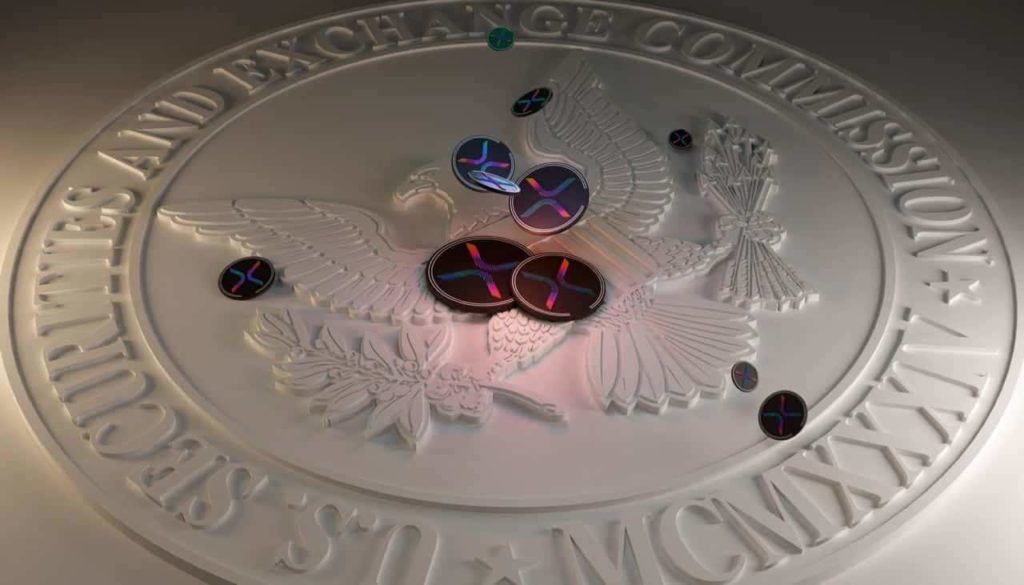In a milestone legal development, Ripple, the blockchain solution provider, celebrated yet another legal triumph against the US Securities and Exchange Commission (SEC) earlier this week.
On October 23, US District Court Judge Analisa Torres issued an official order, effectively dismissing the SEC’s charges against Ripple’s top executives, Brad Garlinghouse and Christian Larsen.
But while this ruling signifies a substantial victory in Ripple’s ongoing struggle against SEC allegations related to the sale of XRP (XRP) tokens, the battle is far from concluded.
Picks for you
Notably, the SEC now seeks hundreds of millions of dollars from Ripple in a bid to settle the contentious XRP case.
What happened with the SEC?
As highlighted by XRP holders’ legal representative John Deaton on October 26, it’s unlikely that there has been a “single serious conversation regarding settlement” between Ripple’s executives and the SEC.
After its charges got denied and dismissed, the securities regulator is now “pissed and embarrassed and wants $770M worth of flesh,” said Deaton.
The attorney explained that the current “penalty phase” is like a second legal case that requires “more depositions, interrogatories, requests for production of documents, emails, bank statements, contracts, ODL transactions, etc.”
It has been reported that the SEC wants $770 million to settle the XRP case, which would mark the end of the years-long lawsuit. Ripple, on the other hand, wants to “drastically reduce” that fine by attempting to exclude on-demand liquidity (ODL) transactions, cut salaries and costs, and more, said Deaton.
Final judgment unlikely before late 2024 summer
Further in the post, Deaton said he does not expect the final verdict from Judge Torres to come before late summer in 2024.
“It literally could take a full year before an appeal is filed in this case.”
– the lawyer pointed out.
During that span, Ripple could face significant legal expenses of tens of millions of dollars in its attempts to reduce the $770 million fine.





